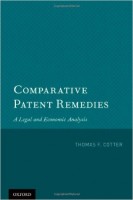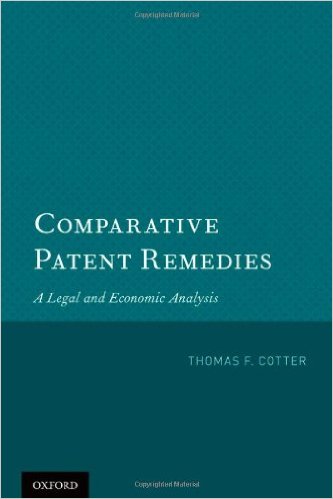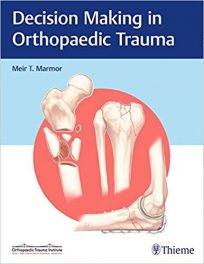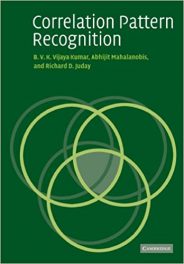 Author: Thomas F. Cotter
Author: Thomas F. Cotter
Publisher: Oxford University Press – 452 pages
Book Review by: Paiso Jamakar
Most books are written, I suppose, when the author wants to share some new information with the public, although you will, I admit, find books which have very little if any, new concepts, ideas, or knowledge. And since the advent of the Internet, a lot of information one seeks can be found in articles online.
Thomas Cotter wrote this book because someone asked him a question that he answered simply because of a gut feeling that his answer was the correct one. But when he tried to find substantiation for his answer, he could scarcely find any.
So there was a real need for the information he was seeking. And the economic value of this legal-precedence information on international trade runs into the hundreds of millions of dollars. As a result, this book was born. Read this book to find out what the question was. And, if you are an attorney such as Cotter, you may find answers to questions that may help you win that multimillion-dollar lawsuit for your client.
Thomas Cotter is the sole author of this book, and although patent, copyright, and trademark laws are complex and oftentimes baffling, he has for the most organized his material in a simple, straightforward way: on the basis of geographic origin of the laws. We provide for you below you the contents of this important book as an overview of its coverage:
- Introduction
- A Framework for Patent Remedies
- Patent Remedies in the United States
- Patent Remedies in the United Kingdom, Canada, and Australia
- Patent Remedies in Continental Europe
- Patent Remedies in Japan
- Patent Remedies in China and Selected Other Patent Systems
- Conclusion
As the volume of international trade in goods and services has grown in recent years, so has competition for markets around the world. While that volume encompasses commodities, manufactured goods, and minerals, an increasingly larger percentage of manufactured products are created as a result of innovation and technology. This is where international property (IP) laws take on important, even crucial roles in protecting innovators.
Total international trade (exports and imports combined) amounted to almost $38 trillion according to 2014 estimates by the Geneva-based International Trade Centre. The European Union as an entity did $4.485 trillion, and not surprisingly, China was No.2 with $4.201 trillion, higher than No. 2 United States with $3.944 trillion. Other countries that did over a trillion dollars were (in order of total volume): Germany, Japan, France, the United Kingdom, South Korea, Hong Kong, and the Netherlands.
The top categories of products in 2014 world trade were: fuels and oils, with $2.183 trillion in volume; electrical and electronic equipment worth $1.833 trillion; machinery (e.g. nuclear reactors, boilers, etc.) at $1.763 trillion, and vehicles other than railway, $1.076 trillion. All other product categories in international trade were less than $500 billion each, in volume.
Countries and companies at the forefront of technological advancement have, and will continue to grow market share based on their creativity and innovation. Some countries and companies copy products as a quick way to make a lot of money, and in the process infringe on registered patents. But (IP) laws are being enforced and IP rights being asserted more forcefully in recent years than in the past, to protect the patent owner and monetarily punish the copycat company or individual.
Cotter points out that the United States was the world’s largest exporter in 2010 of IP-related goods and services, accounting for about $80 billion worth, based on figures from the National Science Foundation. This number has very likely grown in the last five years until 2015, and I believe will continue to grow as the world’s consumers increasingly use electronic devices.
In this pioneering work, Thomas F Cotter compares patent, trademark, and copyright laws of the United States with those of Australia, Canada, China, the European Union, India, Japan, South Korea, and Taiwan. He discusses the various remedies available in cases of patent infringement and violations of copyright and trademark laws.
This book is useful for academics, judges, lawyers, litigators, and anyone in the general public who is interested in this tough subject. It has been written in clear language and it provides a lot of supporting information for the points he makes.
Author:
Thomas F. Cotter is the Briggs and Morgan Professor of Law at the University of Minnesota Law School, which he joined in 2006. He is the co-author, with Roger Blair, of Intellectual Property: Economic and Legal Dimension of Rights and Remedies (2005).







